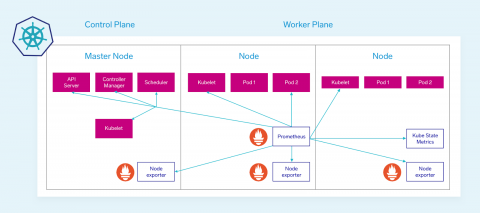SCOM is the most popular tool for monitoring SBC/ VDI
Google “SCOM and Azure” and the top hits will tell you all about “Moving from SCOM to Azure Monitor”, “Changing of the guard…”, and “Microsoft explains why it replaced SCOM with Azure Monitor” etc. If you only read the marketing, you’d be forgiven for thinking SCOM is being replaced. Microsoft’s marketing push on Azure Monitor has no doubt caused some uncertainty about the position of SCOM.











